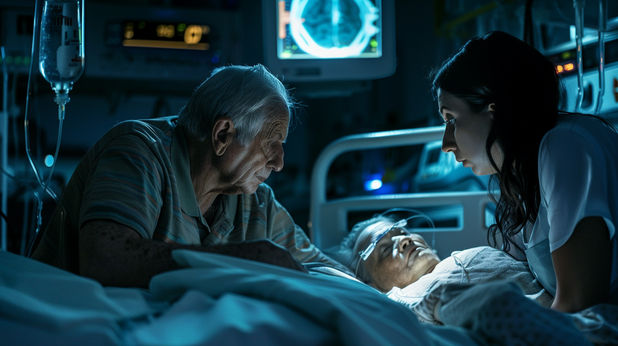In most of the cases that I handle, in my career as a Houston, Texas medical malpractice lawyer, patients have had some type of radiology study. It could be an x-ray, CT scan, MRI scan, or other study.
While radiology studies are often helpful when it comes to diagnosing a patient, there is an increasing debate in the medical community about the over-use and reliance on imaging. The concern is that doctors should not order radiology studies when it is possible to make a diagnosis without them. To do so exposes patients to unnecessary radiation risks.
Radiology studies have become so commonplace that it is easy to overlook the reality that every exposure radiation carries with it a risk. Just thinking about this reminds me about how the dentist has me wear a heavy lead protective vest every time that I have my annual x-rays done to look for cavities. If those quick beeps of x-ray radiation require use of that lead vest, then imagine how much more radiation exposure there is from a CT or MRI scan.
Radiation in radiology imaging studies
Currently, there is a variety of different radiology studies available, including x-rays, PET scans, CT scans, MRI scans, and ultrasounds. They each use a different type of technology to create images of internal structures.
MRI scans and ultrasounds do not use radiation at all.
On the other hand, x-rays, PET scans, and CT scans use ionizing radiation, which has been shown to damage DNA and cause cancer. Some experts are most concerned with CT scans, because the level of radiation exposure is higher than that of normal x-ray procedures. The National Cancer Institute concluded that, “the extra risk of any one person developing a fatal cancer from a typical CT is about 1 in 2,000.”
www.cancer.gov/about-cancer/diagnosis-staging/ct-scans-fact-sheet
In Texas, is common to see independent x-ray, MRI, and CT centers in strip malls or freestanding buildings, in addition to the more traditional locations in hospitals. Over the past two decades, diagnostic imaging has grown into a $100 billion per year business.
It is important for patients, though, to know that all imaging facilities are not created or managed equally.
Generally speaking, older x-ray or CT scanning equipment may have higher levels of radiation released. The same is true for equipment that is not properly maintained.
The U.S. government funds an inspection and testing service called the Imaging and Radiation Oncology Core (IROC), based in M.D. Anderson Cancer Center, in Houston. IROC inspects any radiation center that applies for federal funding for clinical trials. Surprisingly, in 2008, IROC released data showing that almost 30% of hospitals that inspected did not properly irradiate a test dummy.
http://rpc.mdanderson.org/RPC/
Based on this information, it is reasonable for patients—particularly those who are facing repeated x-ray or CT scans—to find out if the equipment that will be used in treatment has been inspected by an independent agency.
Similarly, I recommend inquiring about the training of the personnel in charge of ensuring that the radiology equipment is properly used and that patients receive the correct list of radiation. These individuals are called medical physicists. The American Board of Radiology certifies medical physicists in one of three sub-specialties, including diagnostic medical physics, nuclear medical physics, and therapeutic medical physics.
https://www.theabr.org/medical-physics
We are here to help
If you or someone you care for has been seriously injured as a result of over-prescription of radiology studies, radiation overdose, or other medical malpractice, call the experienced attorneys at Painter Law Firm, in Houston, Texas, at 281-580-8000, for a free consultation about your potential medical malpractice case.
__________
Robert Painter is a medical malpractice and wrongful death attorney at Painter Law Firm PLLC, in Houston, Texas. He is a former hospital administrator who devotes his law practice to representing patients and family members who have been seriously injured as a result of medical negligence or mistakes. Avvo has recognized him with a superb ranking of 10/10. In 2017, he was listed among Houston’s top lawyers by H Texas magazine and Houstonia magazine.





